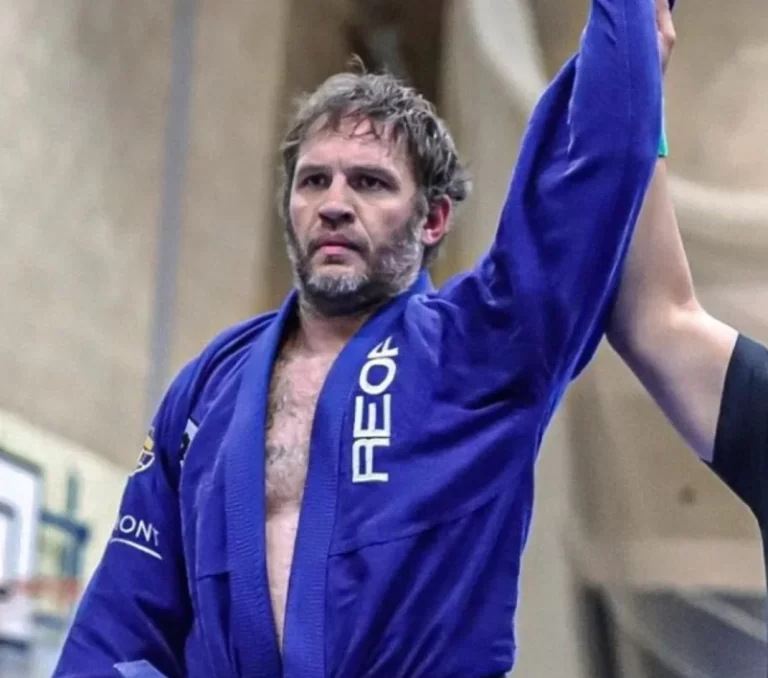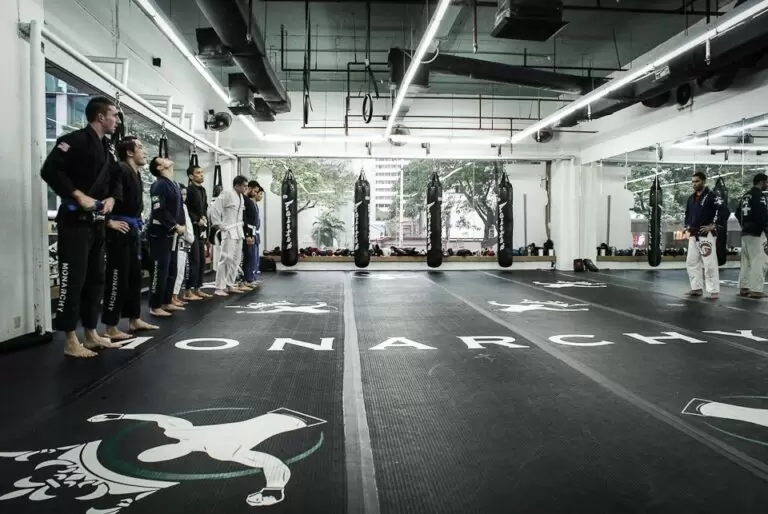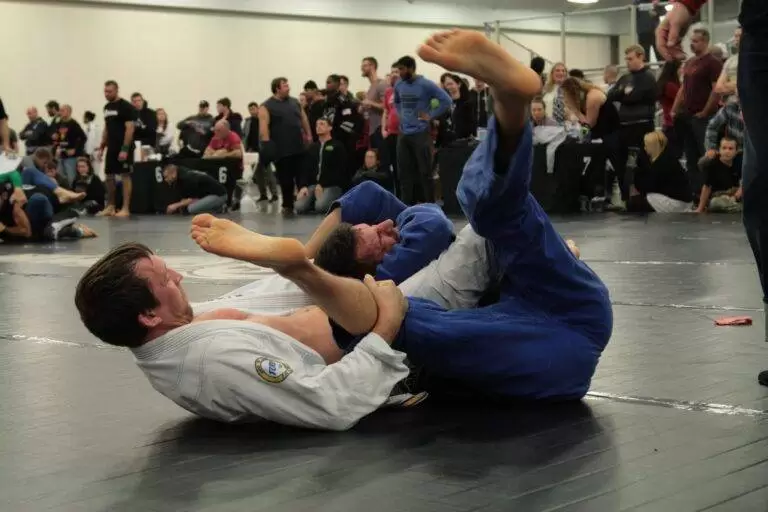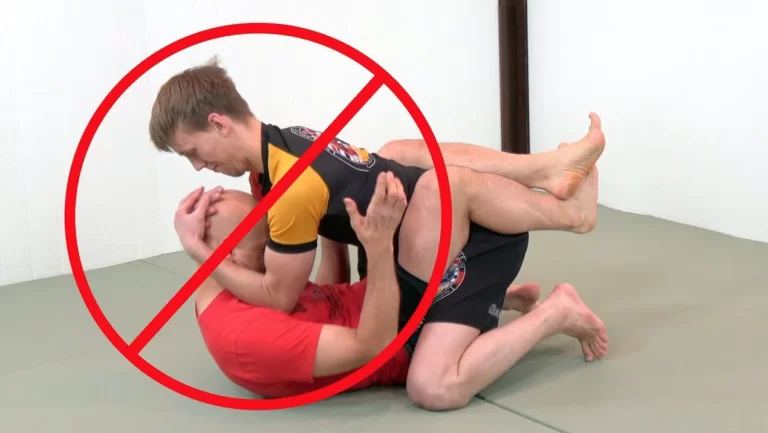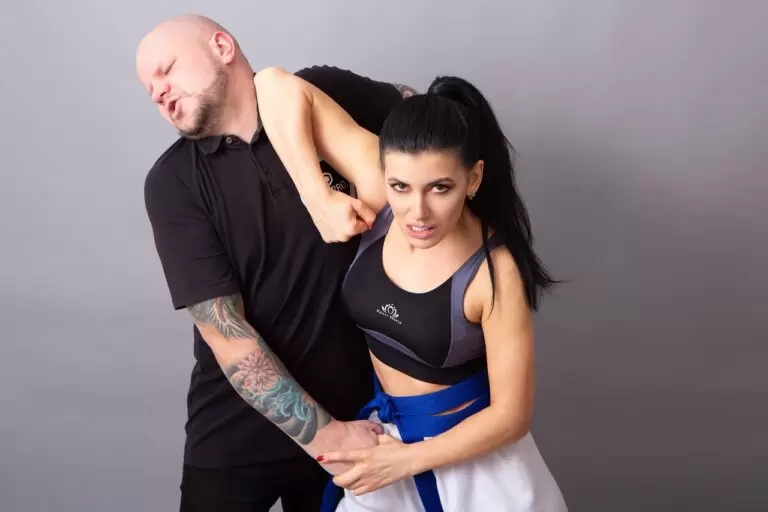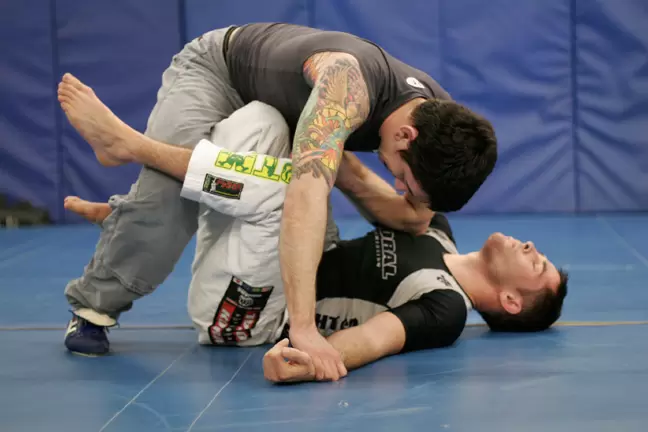The Journey to the Purple Belt in Brazilian Jiu-Jitsu: A Comprehensive Guide
Brazilian Jiu-Jitsu (BJJ), a martial art form that emphasizes ground fighting and grappling techniques, is renowned for its highly structured and challenging belt ranking system. Among these, the purple belt is a significant milestone. This article demystifies the journey to achieving a purple belt in BJJ. A common question is “How long does it take to reach purple belt in BJJ?” – Well, the short answer is about 4-6 years, but let’s delve a little deeper…
Table of Contents
- Introduction
- Understanding BJJ’s Belt System
- The Significance of the Purple Belt
- Requirements for Purple Belt
- The Journey: From White to Purple
- Time Investment for Purple Belt
- Key Skills for a Purple Belt
- Training Tips for Purple Belt Aspirants
- FAQs
- Conclusion
Understanding BJJ’s Belt System
Brazilian Jiu-Jitsu’s belt system, unlike other martial arts, is renowned for its rigor and granularity. The BJJ belt hierarchy is as follows:
- White
- Blue
- Purple
- Brown
- Black
As you can see, the purple belt is the midpoint in this hierarchy.
The Significance of the Purple Belt
The purple belt indicates mastery over fundamentals and the ability to implement advanced techniques. It represents significant growth, both technically and mentally. Purple belt holders are often considered ‘half-black’ belts due to their deep understanding of the art.
Requirements for Purple Belt
The path to securing a purple belt in BJJ is paved with sweat, practice, and perseverance. The exact requirements can vary between schools and instructors, but common expectations include:
- Proficiency in basic techniques
- Understanding of advanced moves
- Ability to teach lower-ranked practitioners
- Consistent training and practice
The Journey: From White to Purple
The journey from a beginner’s white belt to a purple belt is both challenging and rewarding. It involves:
- White Belt Phase: The foundation stage where basics are learned.
- Blue Belt Phase: Building upon basics and exploring advanced techniques.
- Purple Belt Phase: Mastery of fundamentals and introduction to intricate techniques.
Time Investment for Purple Belt
On average, it takes 4-6 years of consistent training to attain a purple belt. This estimation can vary based on factors like the individual’s training frequency, personal aptitude, and the school’s standards.
Key Skills for a Purple Belt
Purple belt holders should master the following skills:
- Advanced Guard Techniques – Purple belt holders should also focus on developing their advanced guard techniques, as this is a crucial aspect of their skill set. Additionally, they should work on improving their ability to escape and counter moves, as well as their understanding of strategy and tactics in different situations. These skills will further enhance their effectiveness and versatility on the mat.
- Escaping and Countering Moves – Escaping and countering moves are essential skills for purple belt holders. They should focus on developing their ability to escape from unfavorable positions and counter their opponent’s attacks effectively. Additionally, strategy and tactics play a crucial role in their success on the mat. Purple belt holders should continuously work on improving their understanding of different game plans and adapting their approach based on their opponent’s strengths and weaknesses.
- Strategy and Tactics– Strategy and tactics are essential components of a purple belt’s skill set. Purple belt holders should focus on developing their strategic thinking and tactical decision-making abilities. This includes analyzing their opponent’s strengths and weaknesses, adapting their game plan accordingly, and making calculated moves to gain an advantage on the mat. By honing these skills, purple belt holders can elevate their performance and become well-rounded practitioners in Brazilian Jiu-Jitsu.
Training Tips for Purple Belt Aspirants
Here are some tips for those aspiring to earn a purple belt in BJJ:
- Consistency: Maintain a regular training schedule.
- Technique Mastery: Focus on mastering the techniques rather than just learning them.
- Mental Preparation: Cultivate patience, discipline, and resilience.
FAQs
Here are some common questions about the journey to a purple belt in BJJ.
Q: How long does it take to get a purple belt in BJJ?
A: On average, it takes around 4-6 years of consistent training.
Q: What skills does a purple belt holder need?
A: They need mastery of fundamental techniques, understanding of advanced moves, and the ability to teach lower-ranked practitioners.
Conclusion
Achieving a purple belt in BJJ is a significant milestone that requires dedication, discipline, and determination. It’s a journey of self-improvement, resilience, and continuous learning. Remember, the journey is as important as the destination. So, train hard, keep learning, and enjoy the path to your purple belt!
- Craig Jones Invitational – A Complete Guide - August 12, 2024
- Buggy Choke: The Complete Guide - March 6, 2024
- Jiu Jitsu World League: Your Complete Guide - March 5, 2024


